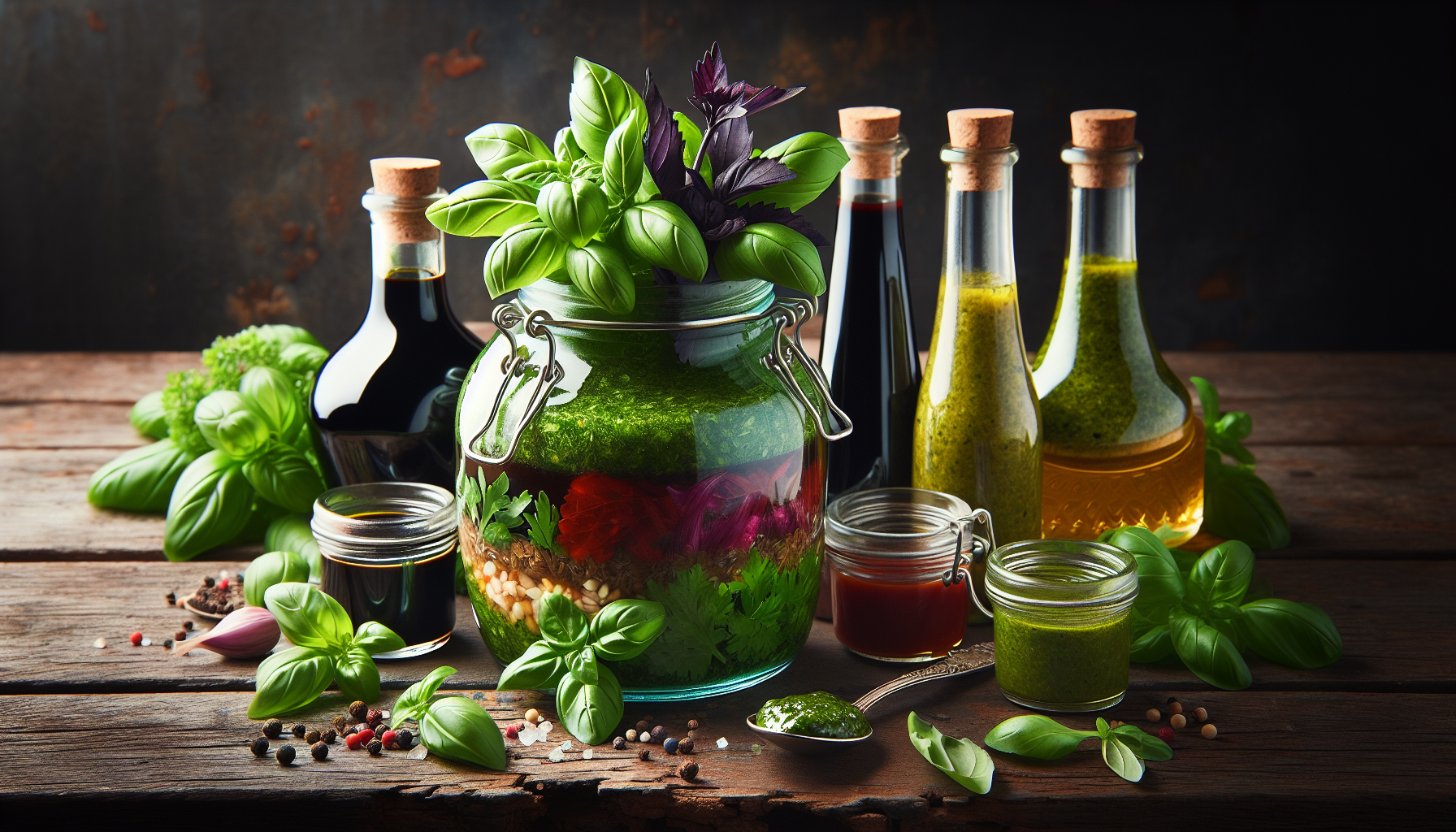What’s lurking in your condiments and dressings that might be affecting your health? If you’re someone who loves adding a kick to your meals with sauces, dips, and dressings, you might want to pay attention to one particular compound: oxalates. You’ve probably heard about them but may not know why they matter, especially when it comes to your favorite flavor enhancers.

What Are Oxalates?
Oxalates are naturally occurring compounds found in many plants. While your body can handle small amounts of oxalates without issue, excessive intake can lead to health problems, particularly for individuals prone to kidney stones. Your diet can inadvertently increase your oxalate consumption, especially if you’re unaware of the sources lurking in your condiments and dressings.
The Role of Oxalates in Our Diet
Oxalates can bind to minerals like calcium, making them unavailable for absorption, which can result in nutritional deficiencies. Furthermore, when oxalates form crystals in the body, they can cause various health issues, primarily affecting the kidneys. It’s essential to be mindful of how condiments contribute to your overall oxalate intake.
Why Condiments and Dressings Matter
Condiments and dressings are the unsung heroes of flavor in your meals. Whether it’s a drizzle of balsamic vinegar, a dollop of mustard, or a splash of soy sauce, these ingredients often pack a surprising amount of oxalates. It’s crucial to be aware of these hidden sources to make better dietary choices conducive to your health.
Common High-Oxalate Condiments
When you think about your favorite dressings and sauces, have you ever wondered just how many oxalates they contain? Some common culprits may surprise you.
Soy Sauce
You might enjoy soy sauce for its umami flavor, but be mindful. Not only does it contain oxalates, but it can also be high in sodium. The good news is that there are low-sodium and reduced-oxalate alternatives available that can satisfy your need for flavor without the added health risks.
Barbecue Sauce
That smoky, rich barbecue sauce may seem harmless, but many kinds are loaded with high oxalate ingredients, including specific spices and molasses. If you’re frequently slathering it on your meals, take time to read the label and consider making a homemade version with lower oxalate ingredients.
Salad Dressings
You might think that salads are always healthy, but the dressing you choose can drastically change the oxalate content. Many commercial salad dressings use ingredients such as mustard or vinegar, which can be higher in oxalates. Opting for fresh olive oil and vinegar might reduce your intake, but be cautious of how much you use.
Peanut Sauce
You may love the rich and nutty flavor of peanut sauce, but peanuts are notoriously high in oxalates. So, when you’re enjoying that delicious pad Thai or a fresh spring roll with peanut sauce, keep in mind the potential oxalate overload. Consider a switch to sunflower seed butter for a lower-oxalate alternative.

Low-Oxalate Condiment Options
Are you ready to make some dietary swaps? When it comes to condiments and dressings, there are plenty of alternatives that can keep your meals flavorful without the oxalate baggage.
Mustard
Most mustards have lower oxalate levels compared to other condiments. Whether it’s yellow, brown, or Dijon, you can enjoy these without worrying so much about oxalate intake. Just check the ingredient list since some gourmet versions may add higher oxalate ingredients.
Homemade Dressings
Making your own dressings empowers you to control what goes in them. You can use olive oil, lemon, or apple cider vinegar as a base. Spices and herbs can enhance flavor without raising your oxalate levels. Plus, homemade dressings are fresher and free from preservatives!
Relish and Pickles
These add a crunchy, zesty punch to your meals and generally contain lower levels of oxalates. Make sure, however, to check for additional ingredients like onions or high-oxalate spices that might sneak in.
Coconut Aminos
If you enjoy soy sauce but want to lower your oxalate intake, coconut aminos can be a great option. They have a similar flavor profile and are lower in oxalates and sodium, making them a better choice for drizzling over various dishes.

Ingredients to Watch For
Before you squirt that ketchup or drizzle that dressing, there are specific ingredients you should keep an eye on. Awareness is key when it comes to avoiding high oxalate options.
Chocolate
You may find chocolate being used in sauces or dips, especially in gourmet dressings or marinades. Dark chocolate can be high in oxalates, so if chocolate is a frequent ingredient in your dressings, it’s worth reconsidering its use.
Nuts and Seeds
Many condiments might add nuts or seeds for texture or flavoring. Almonds, cashews, and even sesame seeds all fall into the higher oxalate category. If you enjoy nut-based sauces, remember that moderation is crucial.
Spices
Certain spices can also ramp up the oxalate content of your condiments. Cinnamon, turmeric, and certain varieties of pepper may have higher levels. Mixing spices can be tricky, especially if you’re aiming for low oxalate. Always double-check your spice cabinet.

Cooking Practices to Lower Oxalate Levels
Did you know that how you prepare your food can affect oxalate levels? Let’s look at some culinary practices that can help lower the oxalate content of your meals.
Soaking and Boiling
Soaking and boiling your vegetables can reduce oxalate levels considerably. This method leaches out some of the oxalic acid, making it easier for you to enjoy foods you love without the elevated risks.
Combine with Calcium-Rich Foods
Did you know that calcium can bind to oxalates and minimize the risk of kidney stone formation? Pairing high-oxalate foods with calcium-rich options like dairy products may help mitigate the effects. Consider adding a sprinkle of cheese or a side of yogurt with your salad for balance.
Mind Your Portions
One of the simplest strategies to manage your oxalate intake is to be mindful of portion size. You don’t have to give up your favorite high-oxalate condiments completely, just enjoy them in moderation. Balance is key when it comes to a healthy diet.

Conclusion: Making Informed Choices
As you think about the condiments and dressings you use, consider their oxalate content and how it affects your overall health. It’s not about eliminating everything you love but about making informed and mindful choices. Swapping out some higher oxalate options for healthier alternatives can be a delicious way to take control of your dietary health while still enjoying flavorful meals.
By being aware of potential oxalate sources in your condiments, you can enjoy the meals you love while safeguarding your health. So the next time you reach for that dressing or sauce, remember the power of knowledge in your dietary choices. Your body will thank you for it.

